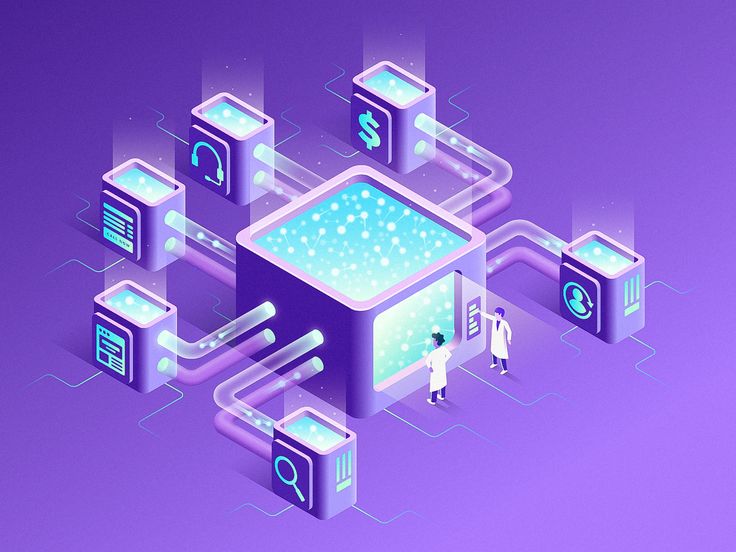In today’s data-driven world, careers in analytics and data science are booming. Both fields offer exciting opportunities to work with data, solve business problems, and influence decision-making. But while they often overlap, analytics and data science are not the same. Each requires different skill sets, tools, and goals.
So, what’s the real difference between working in analytics and data science? Let’s break it down in simple terms.
1. Purpose and Focus
✅ Data Analytics:
The main goal of data analytics is to examine existing data to find actionable insights.
-
It answers: What happened? Why did it happen?
-
It’s more descriptive and diagnostic.
🧠 Data Science:
Data science goes a step further. It uses data to predict the future and build models that automate decision-making.
-
It answers: What will happen? How can we make it happen?
-
It’s more predictive and prescriptive.
2. Tools and Techniques
Data Analytics Tools:
-
Excel
-
SQL
-
Tableau/Power BI
-
Python (for data wrangling and basic analysis)
Techniques include:
-
Data cleaning
-
Dashboard creation
-
Trend analysis
-
Business reporting
Data Science Tools:
-
Python & R
-
Jupyter Notebook
-
TensorFlow, PyTorch
-
Big data tools (like Hadoop, Spark)
Techniques include:
-
Machine learning
-
Predictive modeling
-
Natural language processing (NLP)
-
Deep learning
3. Skill Sets Required
| Skill | Analytics | Data Science |
|---|---|---|
| Math & Stats | Basic to Intermediate | Advanced |
| Programming | Basic SQL/Python | Advanced Python/R |
| Business Knowledge | Essential | Important |
| Machine Learning | Rarely used | Core skill |
| Data Visualization | Strong focus | Also used |
4. Type of Work
In Analytics:
You might work as a Business Analyst or Data Analyst, helping departments understand performance metrics, creating visual reports, and assisting in decision-making.
Examples:
-
Analyzing customer churn
-
Reporting monthly sales trends
-
Identifying marketing campaign effectiveness
In Data Science:
You could work as a Data Scientist or Machine Learning Engineer, building predictive models and solving complex problems using algorithms.
Examples:
-
Predicting customer behavior using machine learning
-
Building recommendation systems
-
Developing fraud detection systems
5. Business Impact
-
Analytics improves operational efficiency and short-term business performance.
-
Data Science drives innovation and long-term strategy by building intelligent systems.
6. Career Growth
Both fields offer excellent career prospects:
-
Analytics roles can lead to positions like Data Analytics Manager or BI Director.
-
Data science roles can grow into positions like AI Researcher, Lead Data Scientist, or Chief Data Officer.
Conclusion
While data analytics and data science share similarities, they serve different purposes. Think of analytics as exploring and interpreting what’s already happened, while data science is about predicting what’s next and shaping the future using advanced algorithms.
Whether you prefer working with dashboards and KPIs or building machine learning models, both fields offer exciting and high-impact careers. Your choice depends on your strengths, interests, and long-term goals.

